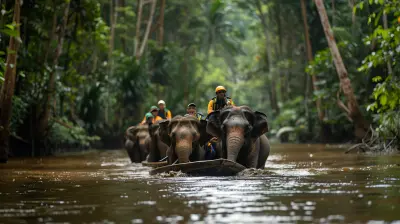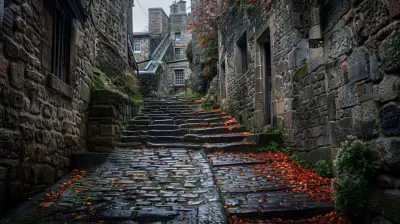The Role of Costumes and Masks in Cultural Celebrations
2 August 2025
Costumes and masks have been an integral part of cultural celebrations for centuries. They carry deep-rooted symbolic meanings, tell stories, and create a sense of unity among participants. Whether it's the elaborate Venetian masks of the Carnival, the colorful feathered headdresses at Brazilian festivals, or the spooky disguises of Halloween, these artistic expressions transcend time and geography.
But have you ever stopped to wonder why masks and costumes play such a big role in these traditions? Let’s dive into the fascinating world of cultural celebrations and uncover the significance of these vibrant, often mysterious, elements.
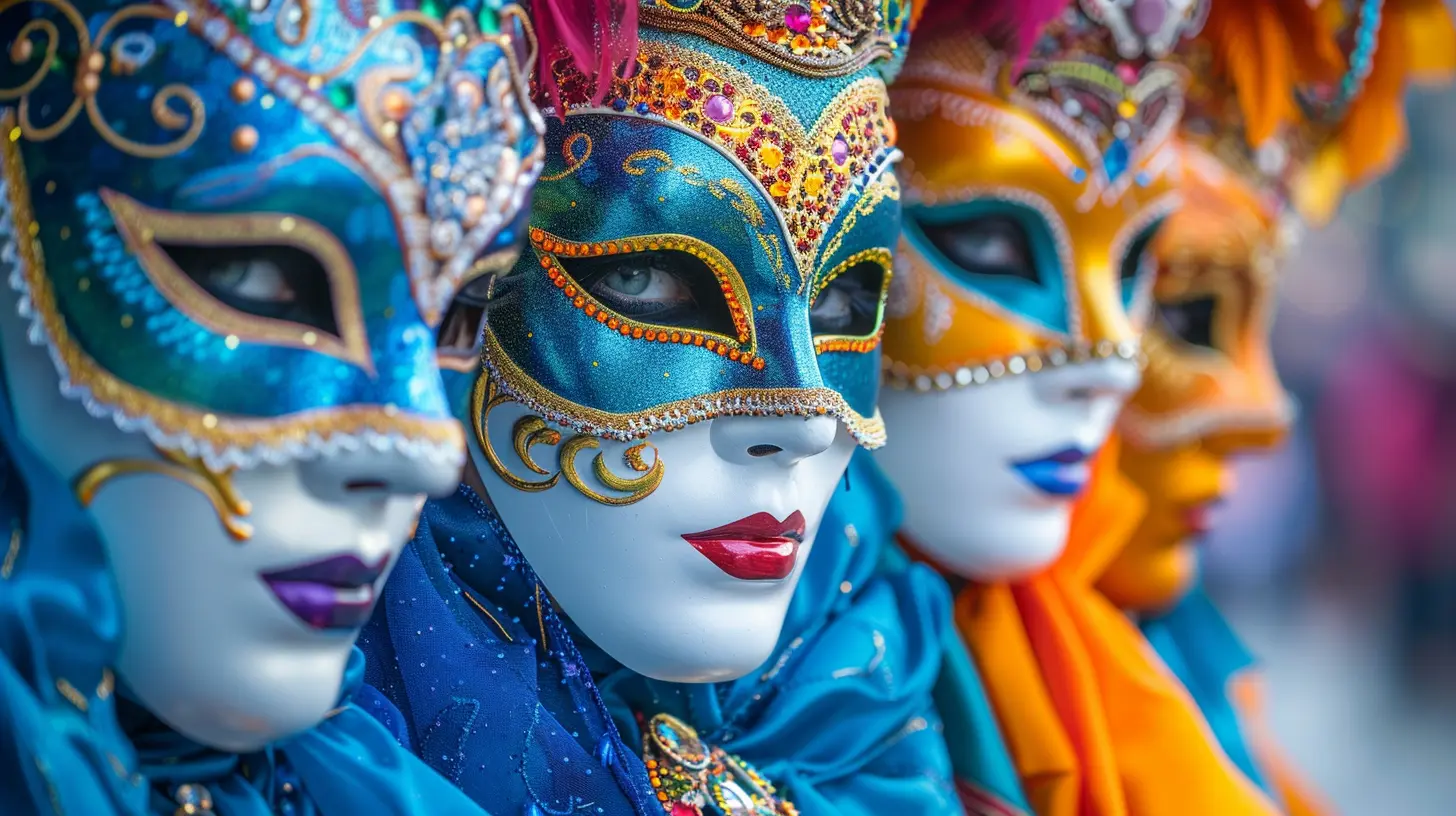
Why Costumes and Masks Matter in Cultural Celebrations
Costumes and masks are more than just decorative elements; they're powerful tools of expression. They serve multiple purposes, from honoring ancestors and scaring away evil spirits to telling stories and preserving history. Many cultures embrace costumes and masks in their festivities to turn ordinary people into mythical beings, gods, or spirits for a day.These theatrical elements allow participants to step into different roles, creating a bridge between the past and the present. Plus, let’s be honest—who doesn’t love the excitement of dressing up and becoming someone (or something) else for a while?
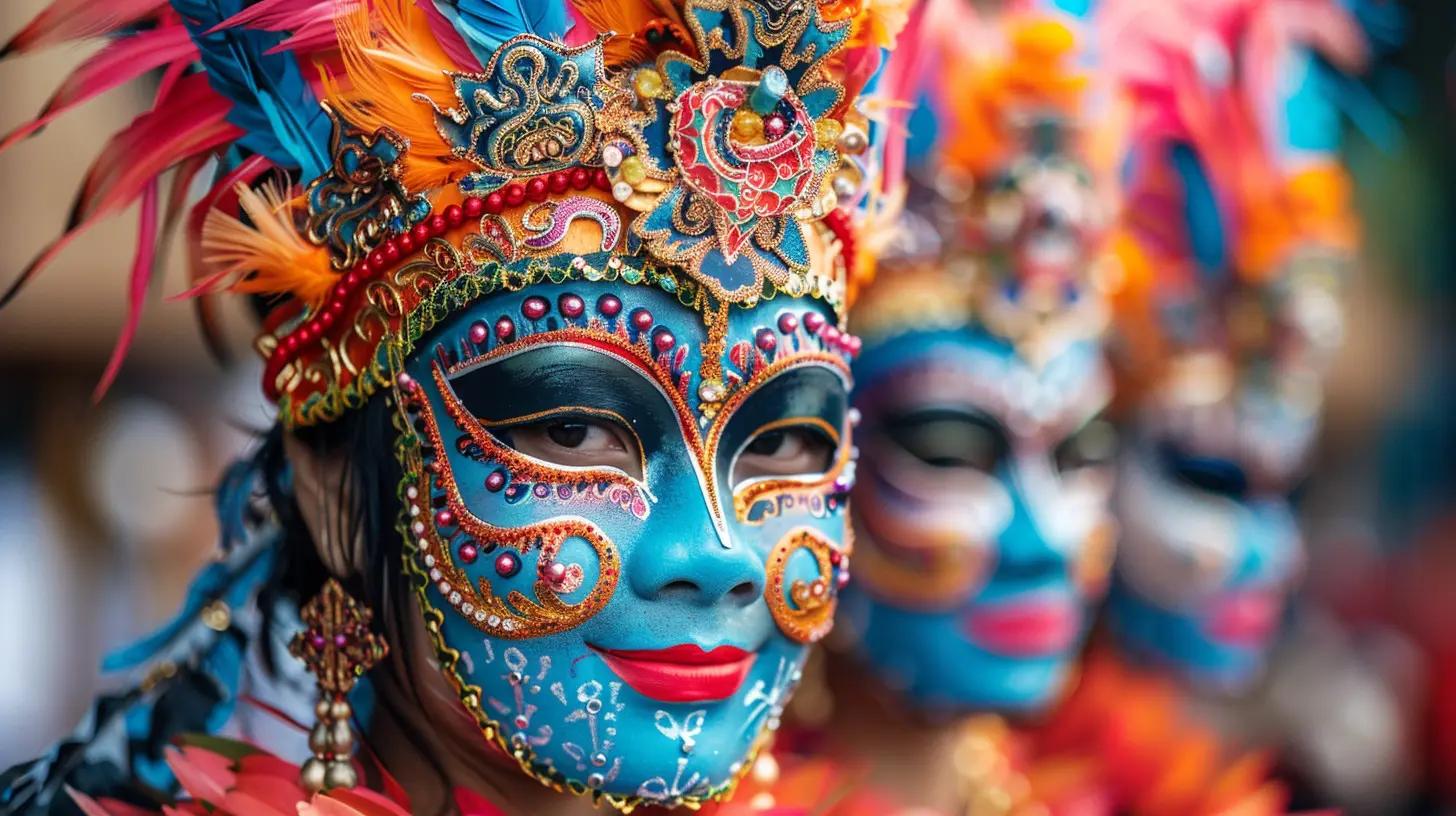
The Symbolism of Masks in Cultural Celebrations
Masks have been used for centuries in various cultures, each one carrying a distinct meaning. Here are some of the most fascinating ways masks are used in celebrations around the world:1. Honoring Ancestral Spirits
In many cultures, masks are worn to channel ancestral spirits. For instance, in African tribal rituals, masks are believed to connect the living with the dead, offering guidance and protection. These masks often feature bold designs, exaggerated facial features, and intricate carvings that represent different deities or ancestors.Similarly, in Mexico’s Día de los Muertos (Day of the Dead), decorative skull masks symbolize the connection with deceased loved ones. These colorful masks, often adorned with flowers and intricate patterns, represent the joyful celebration of life rather than mourning.
2. Warding Off Evil
Many traditions use masks to protect against evil spirits. In some Asian cultures, fierce-looking masks are designed to scare away malevolent forces. The Balinese Barong dance, for example, features a lion-like creature with a large, ornate mask that represents good overcoming evil.During Chinese New Year, lion and dragon masks are worn in dances to bring prosperity and ward off negativity. With dazzling colors and synchronized movements, these performances captivate audiences while carrying deep cultural significance.
3. Transformation and Storytelling
Theatrical performances often rely on masks to bring legends to life. Take Japan’s Noh theatre, where performers wear meticulously crafted masks representing different emotions, from sorrow to joy. These masks help actors convey complex stories without the need for exaggerated expressions.Similarly, in Venice's Carnival, masks allow people to take on different identities, breaking social barriers and embracing the spirit of mystery and revelry. The tradition dates back to medieval times when masks enabled people from different social classes to mingle freely.
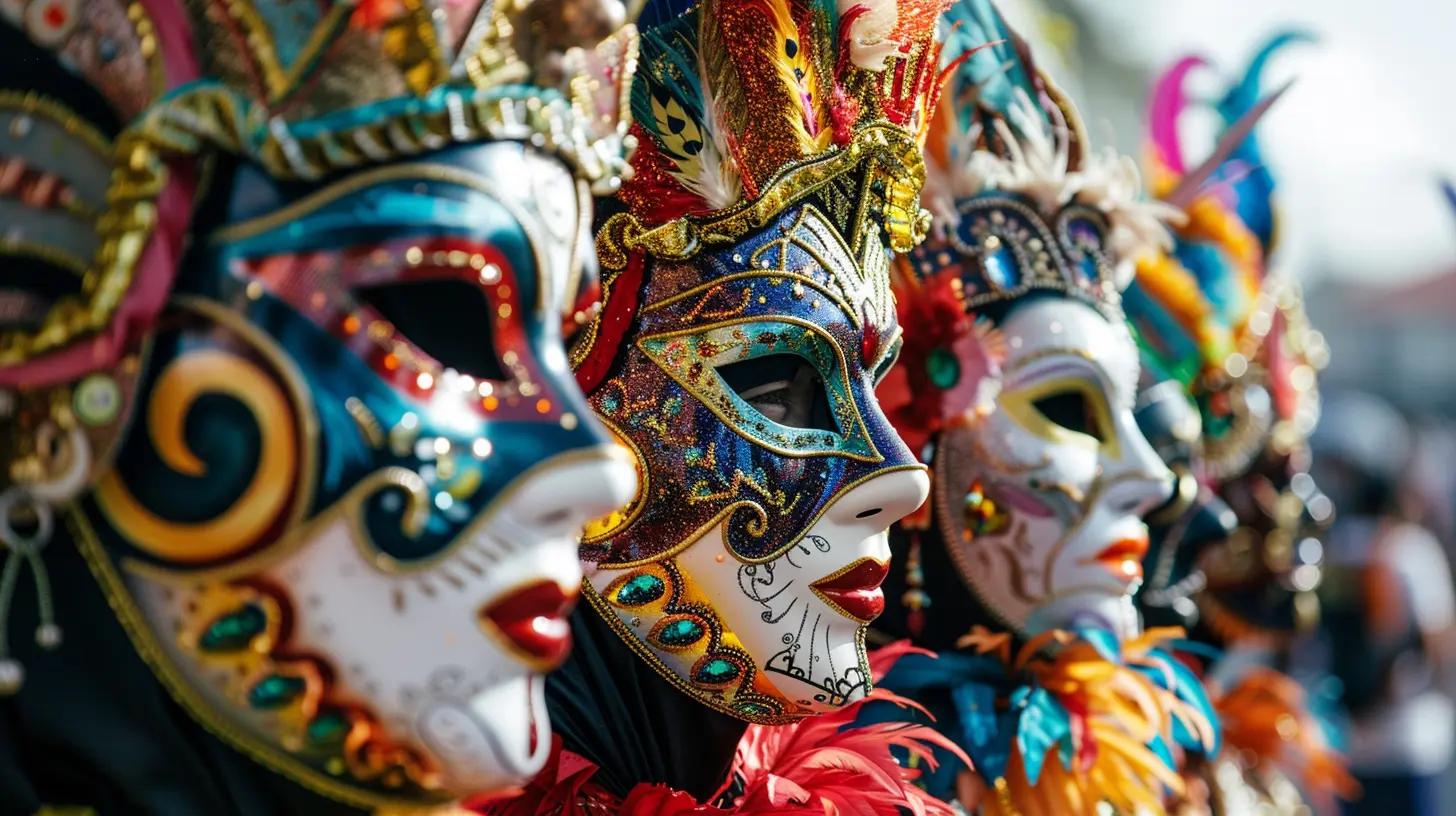
The Role of Costumes in Cultural Celebrations
Just like masks, costumes are crucial in setting the tone for cultural festivities. They serve as visual expressions of identity, tradition, and creativity. Let’s look at some of the most iconic costumes from global celebrations:1. Traditional Attire Preserving Heritage
Many cultural festivals feature traditional clothing that reflects the region’s history and craftsmanship. For example:- Oktoberfest in Germany showcases Dirndls and Lederhosen, paying homage to Bavarian culture.
- India’s Navratri festival features elaborate Ghagra-Cholis and Kurta-Pajamas, symbolizing tradition and festivity.
- The Highland Games in Scotland highlight kilts, a significant emblem of Scottish heritage.
These costumes aren’t just about looking festive; they carry centuries of history in their fabrics, patterns, and designs.
2. Carnival and Festival Costumes – A Burst of Creativity
If you’ve ever seen Brazil’s Carnival, you know how extravagant festival costumes can get. Adorned with feathers, sequins, and bold colors, these outfits are designed to dazzle and energize crowds. Each costume tells a story, often inspired by folklore, history, or social themes.Similarly, the Mardi Gras celebrations in New Orleans feature flamboyant outfits with beads, masks, and feathered headdresses. These costumes represent joy, freedom, and the wild spirit of the festival.
3. Spooky Disguises and Playful Costumes
Certain celebrations embrace costumes as a form of disguise. Halloween, for instance, has origins in Celtic traditions where people wore costumes to blend in with spirits roaming the earth. Over time, this practice evolved into the fun, dress-up holiday we know today.Meanwhile, in Japan’s Setsubun Festival, people wear demon masks (Oni masks) and throw beans to drive away bad luck. This playful tradition combines superstition with an interactive experience that involves the whole community.
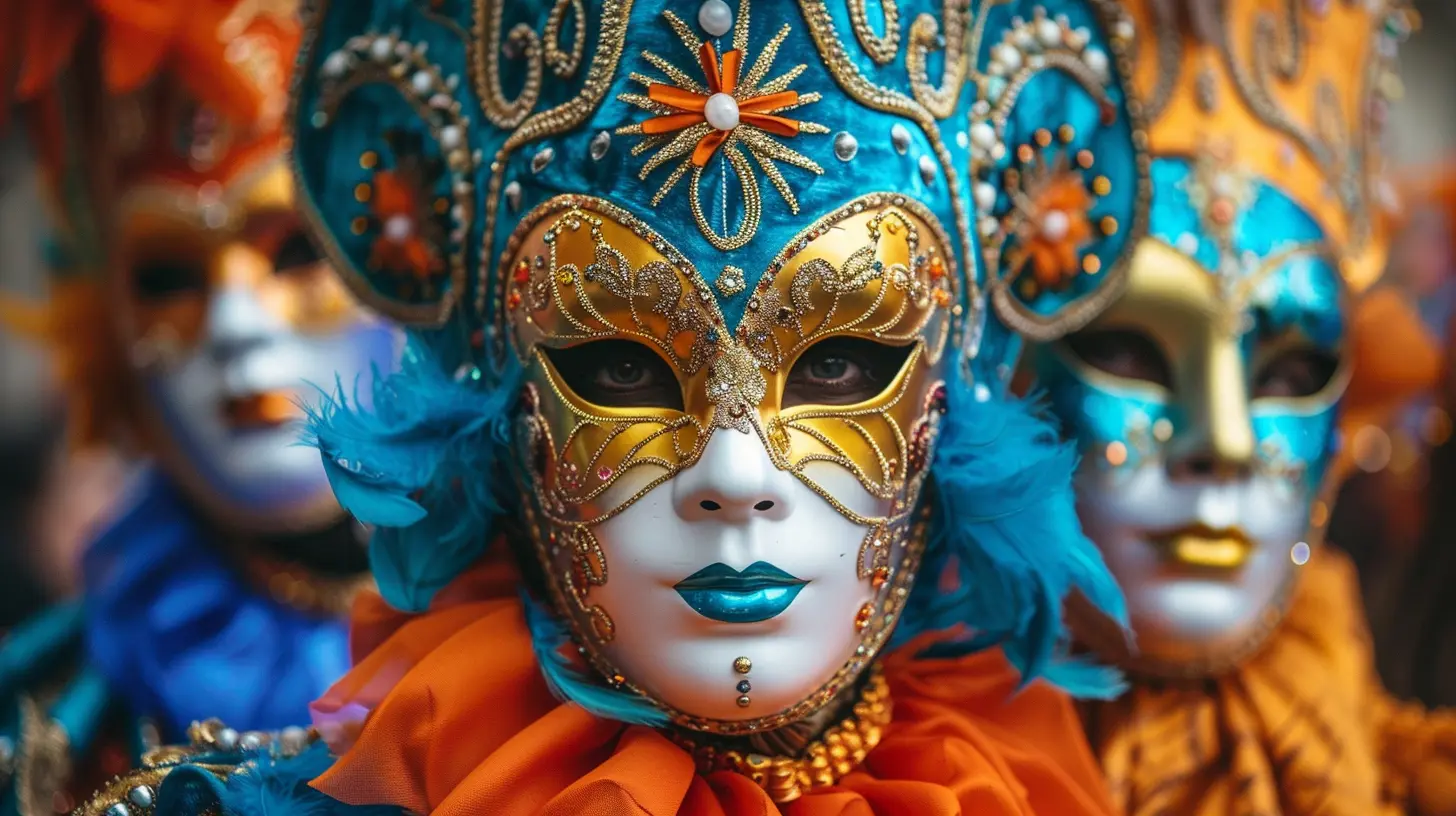
How Costumes and Masks Bring People Together
One of the most beautiful things about costumes and masks is their ability to unite people. Whether it’s through a grand parade, a theatrical performance, or a religious ritual, these artistic expressions foster a sense of community.- They break social boundaries, allowing people to interact freely and express themselves.
- They strengthen cultural identity, helping communities pass down traditions from one generation to the next.
- They create unforgettable experiences, making cultural celebrations more immersive and engaging.
Imagine being part of the Rio Carnival, dancing in a dazzling outfit amidst a sea of color and music. Or attending Venice’s masked ball, where mystery and elegance blend in a surreal setting. These experiences stay with you forever, proving that costumes and masks hold a special place in human celebration.
Conclusion: More Than Just Dress-Up
Costumes and masks aren’t just for fun—they’re a powerful form of cultural storytelling. They allow people to reconnect with their heritage, honor traditions, and celebrate life in the most vibrant way possible. From sacred rituals to wild carnivals, these artistic expressions add meaning, mystery, and magic to our world.So, the next time you put on a costume or mask for a festival, remember: You’re not just dressing up. You’re taking part in something ancient, meaningful, and downright spectacular.
all images in this post were generated using AI tools
Category:
Cultural FestivalsAuthor:

Tracie McAdams
Discussion
rate this article
2 comments
Viva Carey
Fascinating insights! I'm intrigued by how costumes and masks not only reflect cultural identity but also influence social dynamics during celebrations. What role do they play in storytelling, and how do different cultures interpret their significance? I’d love to learn more!
November 5, 2025 at 3:41 PM

Tracie McAdams
Thank you for your thoughtful comment! Costumes and masks serve as powerful narratives in storytelling, embodying cultural myths and values. They can transform social dynamics, fostering community bonds and individual expression. Different cultures interpret their significance through unique symbols and traditions, enriching the celebratory experience. I’d be happy to share more insights!
Astrid McIntire
This article beautifully highlights the significance of costumes and masks in cultural celebrations. The insights into their historical and social contexts deepen our appreciation for these traditions. It’s a wonderful reminder of how art and identity intertwine in vibrant expressions of culture. Thank you for sharing!
August 7, 2025 at 3:51 AM

Tracie McAdams
Thank you for your kind words! I'm glad you appreciated the insights into the rich significance of costumes and masks in cultural celebrations. Your feedback means a lot!
